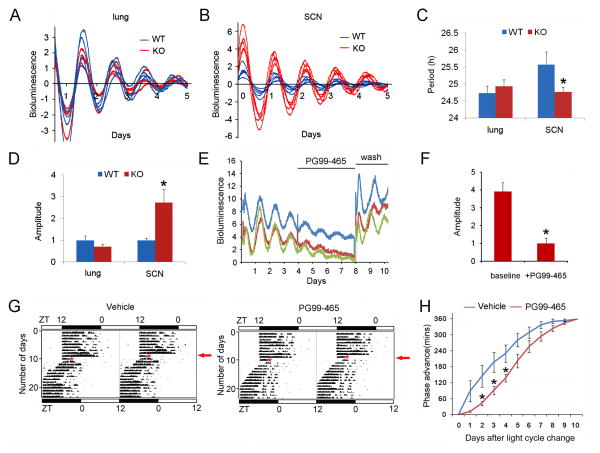Figure 6. Reversal of Phenotypes in Eif4ebp1 KO Mice by Antagonizing VIP Signaling.
A and B. mPer2::Luc bioluminescence patterns of lung (A) and SCN (B) explants: representative plots of lung showing similar amplitudes and periods between WT and KO mice, but representative plots of SCN showing higher amplitudes and shorter periods in the KO animals. Each plot was from one SCN explant.
C and D. Histograms showing period (C) and amplitude (D) of mPER2::LUC bioluminescence rhythms from lung and SCN explants. The values are presented as the mean ± SEM. Eight to twelve animals were used for each group. *p<0.05 vs. WT
E. mPer2::Luc bioluminescence patterns of SCN explants from Eif4ebp1 KO Mice. Each plot was from one explant. Note that VPAC2 antagonist PG99-465 (50 nM) decreased amplitudes of mPer2::Luc rhythms in a reversible manner.
F. Histograms showing amplitudes of mPER2::LUC bioluminescence rhythms of SCN explants from Eif4ebp1 KO Mice before and after PG99-465 treatment. The values are presented as the mean ± SEM. Twelve SCN explants were used.
G. Rescue of circadian behavioral phenotypes in Eif4ebp1 KO Mice by PG99-465. Representative double-plotted actograms of wheel-running activities of a vehicle-infused (left) and a PG99-465-infused mouse (right). The Eif4ebp1 KO Mice animals were cannulated and entrained to a 12 h/12 h light/dark (LD) cycle for 10 days, and on the 11th day, mice were infused with 4 μL of saline or PG99-465 (100 μM) at ZT15 and the light cycle was advanced for 6 h (light on at ZT18). Red asterisks indicate the time of infusion and red arrows (right) indicate the day when the light cycle was shifted.
H. Line graphs showing the daily phase advance of wheel-running activities of the Eif4ebp1 KO Mice following a 6 h advancing light cycle shift. Values are presented as the mean ± SEM. Each data point is averaged from six mice. *p<0.05 PG99-465 vs. Vehicle by ANOVA.

